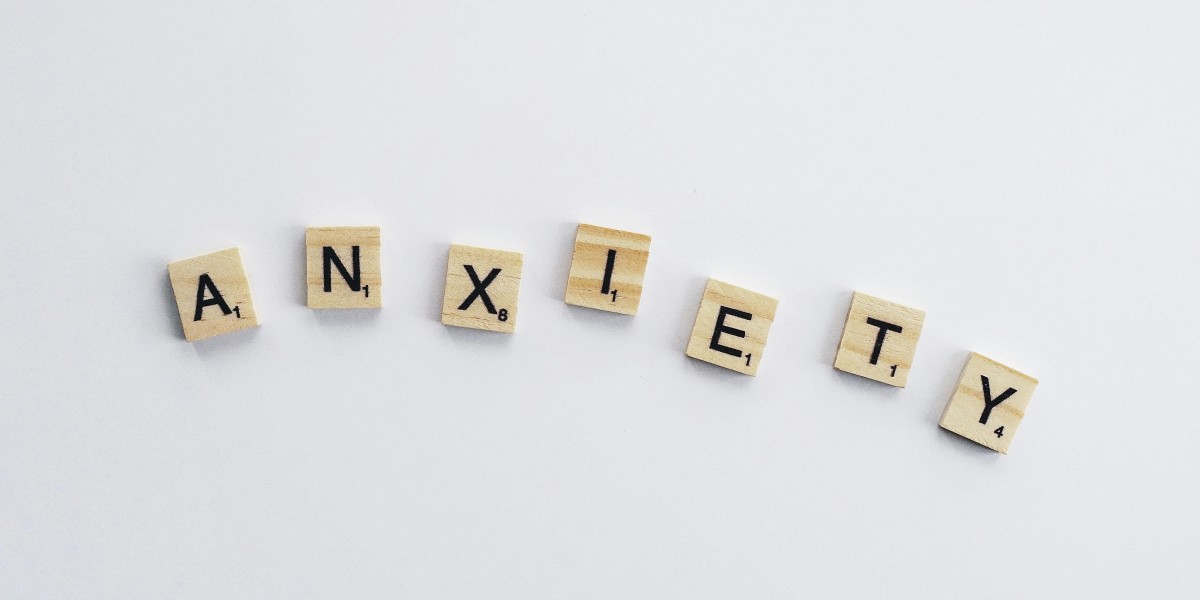Anxiety, in its myriad forms, is a silent epidemic pervading the modern world. Behind the veneer of normalcy, many individuals grapple with the invisible weight of anxiety, a condition often misunderstood and overlooked. In the bustling corridors of everyday life, the silent struggles of those afflicted with anxiety remain largely hidden from view. However, beneath the surface, these individuals navigate a complex landscape of fear, worry, and uncertainty that can profoundly impact their lives. Understanding the hidden dimensions of anxiety is not merely an academic pursuit but a crucial step towards fostering empathy and support for those silently battling this internal adversary.
At its core, anxiety is more than just fleeting nervousness or apprehension. It is a persistent state of unease, characterized by excessive worry and tension, often accompanied by physical symptoms such as palpitations, sweating, and trembling. While it is natural for individuals to experience occasional anxiety in response to stressful situations, clinical anxiety disorders involve a disproportionate and debilitating level of fear and apprehension that can interfere with daily functioning.
One of the most insidious aspects of anxiety is its ability to masquerade as other issues or to remain hidden altogether. Unlike physical ailments that manifest obvious symptoms, anxiety often operates in the shadows, camouflaging itself amidst the complexities of human emotions. This hidden nature of anxiety can lead to misconceptions and stigma, with individuals struggling in silence due to fear of judgment or misunderstanding.
Moreover, anxiety is not a one-size-fits-all condition; it manifests differently from person to person. Some may experience generalized anxiety disorder, characterized by persistent and excessive worry about various aspects of life, while others may grapple with specific phobias or panic attacks triggered by specific stimuli. Additionally, anxiety can coexist with other mental health conditions such as depression, further complicating the diagnostic and treatment process.
The societal stigma surrounding mental health issues, including anxiety, exacerbates the challenges faced by those affected. In a culture that often prizes strength and self-sufficiency, admitting to feelings of anxiety can be perceived as a sign of weakness. Consequently, individuals may go to great lengths to conceal their struggles, putting on a facade of normalcy while silently battling their inner demons. This reluctance to seek help or discuss their feelings can perpetuate the cycle of anxiety, trapping individuals in a lonely and isolating struggle.
Furthermore, the pervasive influence of social media and the internet has introduced new dimensions to the landscape of anxiety. While these technological advancements offer unprecedented connectivity and access to information, they also contribute to a culture of comparison and perfectionism. The curated depictions of idealized lifestyles showcased on social media platforms can fuel feelings of inadequacy and self-doubt, amplifying existing anxieties and insecurities.
In light of these challenges, fostering a greater understanding of anxiety is imperative. Education and awareness initiatives can help debunk misconceptions surrounding anxiety and promote empathy and support for those affected. By shedding light on the hidden struggles of anxiety, society can cultivate a more compassionate and inclusive environment where individuals feel safe to seek help without fear of judgment or stigma.
Furthermore, destigmatizing discussions surrounding mental health in general can encourage open dialogue and destigmatize seeking professional help. Normalizing conversations about anxiety and other mental health conditions can empower individuals to prioritize their well-being and seek the support they need to manage their symptoms effectively.
In addition to societal initiatives, individuals can take proactive steps to manage their anxiety and prioritize their mental health. Mindfulness practices, such as meditation and deep breathing exercises, can help cultivate a sense of calm and presence, reducing the impact of anxious thoughts and sensations. Regular exercise, adequate sleep, and a balanced diet are also essential components of a holistic approach to managing anxiety.
Moreover, seeking professional help from therapists or counselors trained in cognitive-behavioral therapy (CBT) can provide individuals with the tools and strategies to challenge negative thought patterns and develop coping mechanisms for managing anxiety. Medication may also be prescribed in some cases to alleviate symptoms and restore emotional balance.
Ultimately, understanding the hidden struggles of anxiety requires a collective effort from individuals, communities, and society at large. By fostering empathy, promoting awareness, and destigmatizing discussions surrounding mental health, we can create a more supportive and compassionate world where those affected by anxiety feel seen, heard, and understood.








